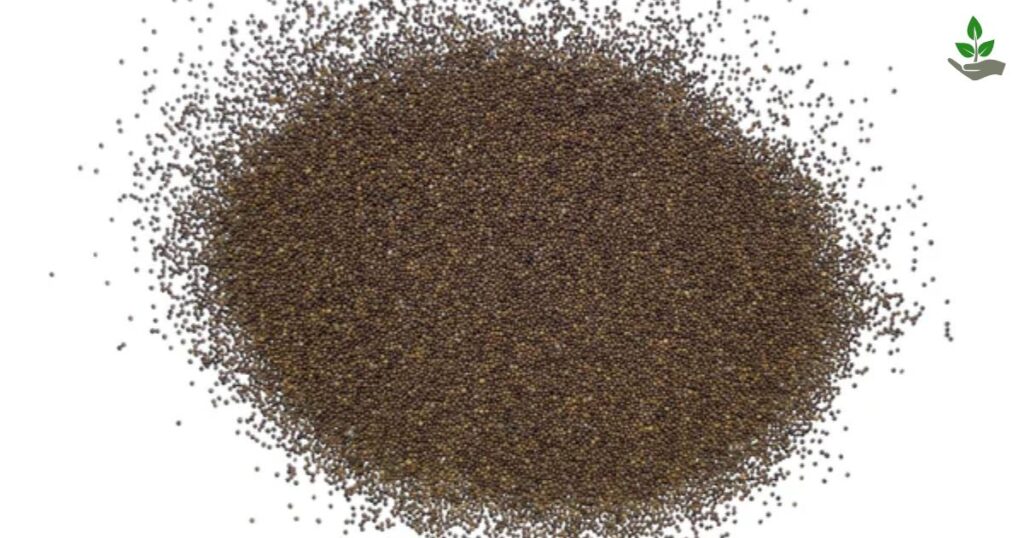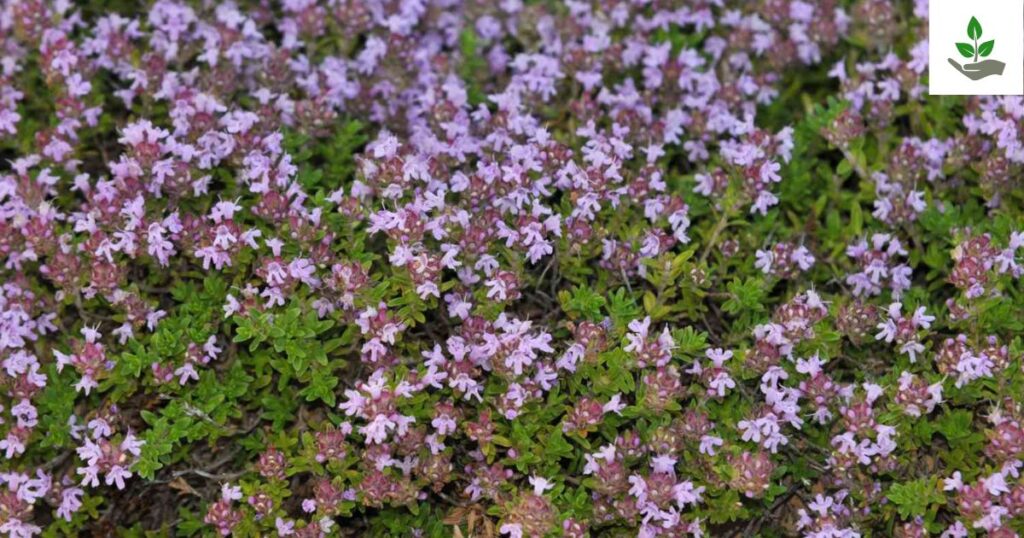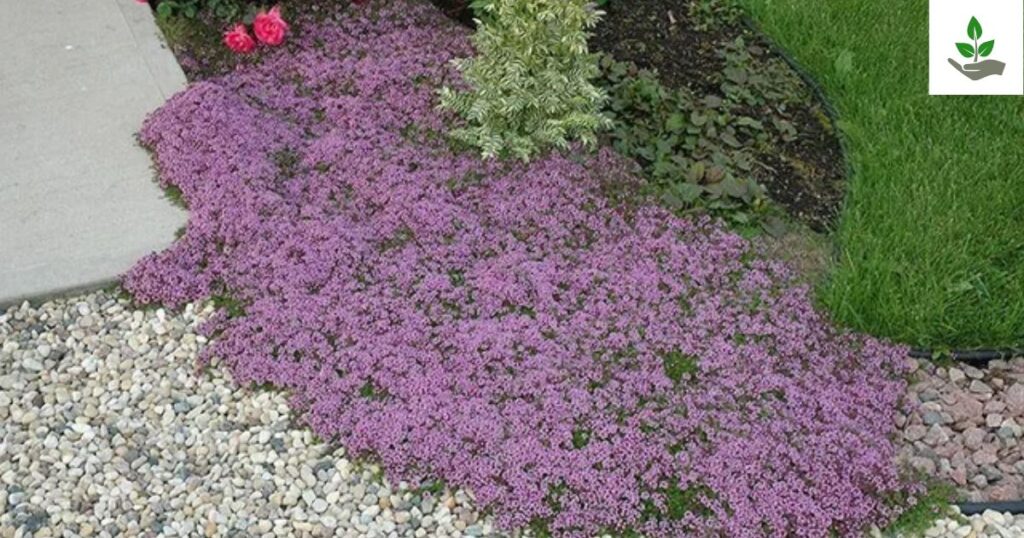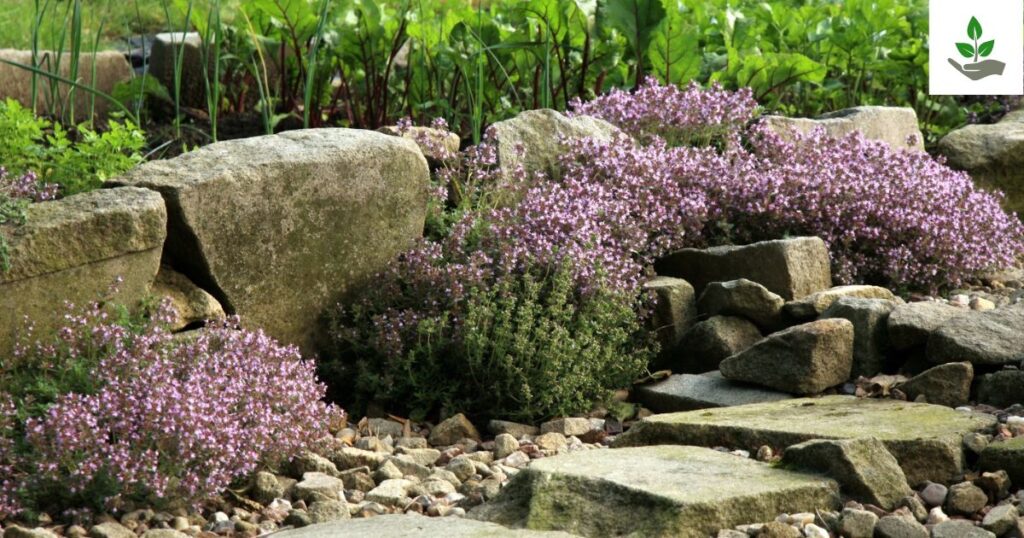Creeping Thyme Care, History, Planting And Benefits
This fragrant perennial produces a mat of living tiny leaves covered with dainty pink purple or white blooms that attract beneficial pollinators and repel many garden pests naturally. Whether you want to fill gaps between stepping stones, substitute
For regular lawns or bringing cascading texture to rock gardens Creeping Thyme Care provides year round beauty with minimal maintenance. Properly cared for this hardy Mediterranean native will reward you with scented foliage flowering during seasons and a tough character that can tolerate poor conditions. This manual delves into all you should know regarding thriving and sustaining creeping thyme in your garden.
What Is A Creeping Thyme?
Creeping thyme Thymus serpyllum or Thymus praecox is low matting, spreading perennial, scented mint family herb with intensely perfumed leaves and very tiny, extremely bright flowers in purple, white, or pink shades.
Creeping thyme is less used as a culinary herb in the kitchen than more erect growing forms of thyme but is planted most frequently as ground cover because of spreading habits and hardiness withstanding pedestrian walkways.

It tolerates full sun and needs very little water once established and can be utilized as a fill between stepping stones at the edge of a garden bed or in rock gardens. Creeping thyme is not only lovely but it also brings pollinators such as bees and butterflies into the landscape making it functional and environmentally friendly to landscapers.
Creeping Thyme History
Thymus serpyllum is steeped in a rich and venerable history. Native to Europe and Asia thyme was a valued ground cover plant by ancient societies both for practical purposes and for symbolism.
The Romans held thyme in esteem as a representation of strength and bravery and thyme infused water was washed over soldiers before battle. Creeping thyme was cultivated between medieval paving stones in Europe for the sweet scent of its leaves.
They were walked upon and added to herbal teas for respiratory problems. Creeping thyme came with European settlers to North America, where it was valued as much for its culinary uses as for medicine.
Creeping thyme is still being used today in modern gardens as a lovely, low care ground cover that is a pollinator attractor and provides culinary and aromatic applications, a living testament to the ancient association between human beings and this practical plant.
Creeping Thyme Seeds
Creeping thyme seeds are remarkably small yet potent beginnings for these versatile ground cover plants. Each seed, barely visible at about 1 mm in size, contains everything needed to develop into a sprawling aromatic carpet. While germination can be somewhat slow and erratic typically taking 14-21 days the process rewards patient gardeners with vigorous seedlings that eventually form dense mats of fragrant foliage.

For best results, creeping thyme seeds should be surface sown in spring on well draining soil and kept consistently moist until germination occurs. Although propagation from cuttings often provides quicker results, starting from seed offers greater genetic diversity and the opportunity to grow rare varieties not commonly found in nurseries.
Creeping Thyme Planting And Growing
Creeping thyme forms a compact mat of tiny, aromatic leaves and minute summer dainty purple, pink, or white flowers that pollinators adore. Creeping thyme is an Old World species with native distribution in Europe and North Africa and has USDA hardiness zones 4-9. Creeping thyme requires minimal care once it has established itself and is perfect for busy gardeners.
A good site is a must to obtain thriving creeping thyme cultivation. Creeping thyme loves sunlight and needs to receive a minimum of 6-8 hours direct sun light on a daily basis to develop its bushy growth habit and generous flowering. Though creeping thyme can grow with partial shade, insufficient sun light can cause leggy habit and reduced flowering
Creeping Thyme Care
Creeping thyme has low maintenance requirements, liking full sun and well-draining soil with superb drought resistance once established. Water deeply but seldom, letting the ground dry out between waterings to avoid root rot.

Give a light balance of organic fertilizer in early spring because high levels of nutrients yield weak, leggy stems with less aromatic properties. Prune lightly following blooming to keep compact and avoid the formation of woody centers, removing about one-third of the height of the plant.
This tough groundcover resists most pests and diseases on its own, although occasional spider mites under extreme heat and dryness may occur, and division every three to four years is beneficial to the plant to refresh growth and keep it vigorous.
Creeping Thyme Benefits and Uses

- Provides beautiful ground cover with purple, pink, or white flowers that bloom in summer.
- Releases pleasant fragrance when stepped upon, making it ideal for pathways.
- Attracts beneficial pollinators like bees and butterflies to your garden.
- Requires minimal maintenance once established; drought-tolerant and deer-resistant.
- Serves as an effective erosion control on slopes and banks.
- Contains thymol, which has natural antimicrobial and antifungal properties.
- Used in traditional medicine for respiratory issues and as an antiseptic.
- Adds flavor to culinary dishes as an edible herb (though less potent than common thyme).
- Creates visually appealing cascades when planted in rock gardens or wall crevices.
- Tolerates light foot traffic, making it a living alternative to traditional mulch.
- Helps suppress weeds when established as dense ground cover.
- Stays evergreen in milder climates, providing year-round interest.
Creeping Thyme Tips And Fun Facts

- Creeping thyme tolerates being mowed at high settings, making it an eco-friendly lawn alternative.
- Ancient Greeks believed sleeping on thyme-filled pillows would increase courage and energy.
- Plant between stepping stones for a fragrant pathway that releases scent when walked upon.
- The name “thyme” derives from Greek thymos, meaning courage or strength.
- Thrives in poor soil conditions where other plants struggle.
- Medieval ladies embroidered thyme motifs on gifts for knights as symbols of bravery.
- Attracts honey bees but repels many common garden pests like cabbage worms.
- In Victorian flower language, thyme represented activity and bravery.
- Divide plants every 3-4 years in spring to maintain vigor and prevent woody centers.
- Ancient Egyptians used thyme in their embalming practices.
- Creates habitat for beneficial insects while deterring mosquitoes.
- Varieties like Pink Chintz and Coccineus offer distinctive flower colors for different garden looks.
- Roman soldiers bathed in thyme water before battles to increase vigor.
- Can spread up to 24 inches but stays only 2 4 inches tall, making it perfect for small spaces.
- Contains more vitamin C than oranges, ounce for ounce.
I prefer you to Check our other post: Pazuzu And Labubu From Ancient Demons To Modern Pop Culture
Conclusions
Creeping thyme Care is the perfect harmony of functional and beautiful in the garden. Its low-maintenance requirements, sunny spot, well drained soil, and infrequent watering make it suitable for any level of gardener. Aside from its attractive qualities, creeping thyme has practical uses ranging from erosion control to insect repellent, all while producing a scented, pollinator attracting environment.
Used as an alternative to lawn, path accent, or rock garden border, this all-purpose ground cover continues to show why it’s been a gardening favorite for so many centuries. With these easy care tips, you’ll get to enjoy the numerous benefits of creeping thyme for years to come, observing as it slowly changes areas into scented carpets of color and texture.
FAQs
When to plant creeping thyme?
In warmer regions, fall planting (September-October) is also successful as cooler temperatures support root growth without heat stress. For seeds, start indoors 6-8 weeks before your last frost date, or direct sow once soil temperatures reach 60°F (15°C).
How to plant creeping thyme?
Select a sunny location with well draining soil and plant creeping thyme 8-12 inches apart, ensuring the crown sits at soil level. Water thoroughly after planting, then maintain consistent moisture for the first few weeks until roots establish.
Is creeping thyme safe for dogs?
Creeping thyme is generally considered safe for dogs, as it’s non-toxic and poses no serious health concerns if occasionally nibbled. Its aromatic oils may actually provide minor benefits, including breath freshening and antimicrobial properties.
Thanks For Reading…







